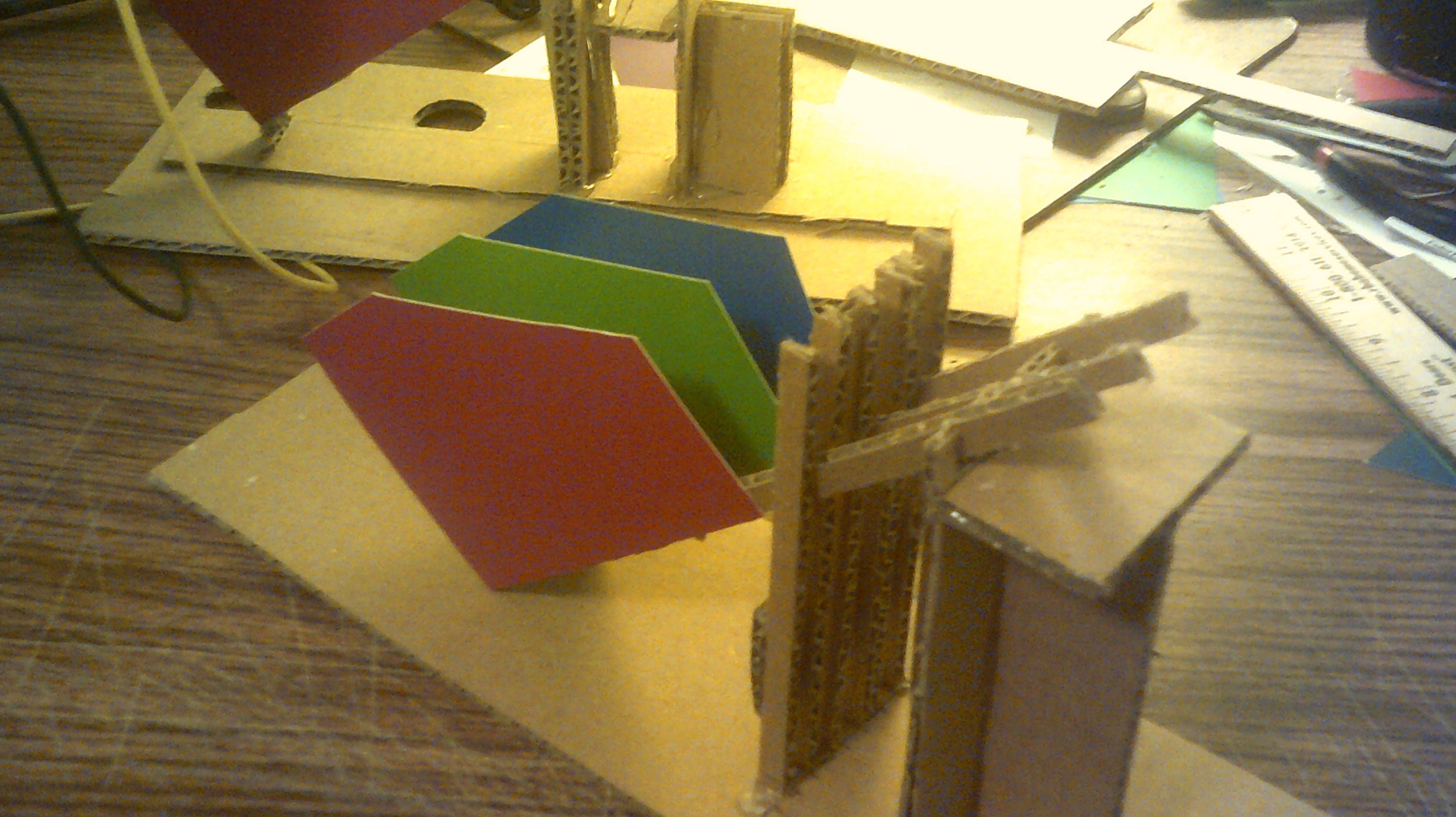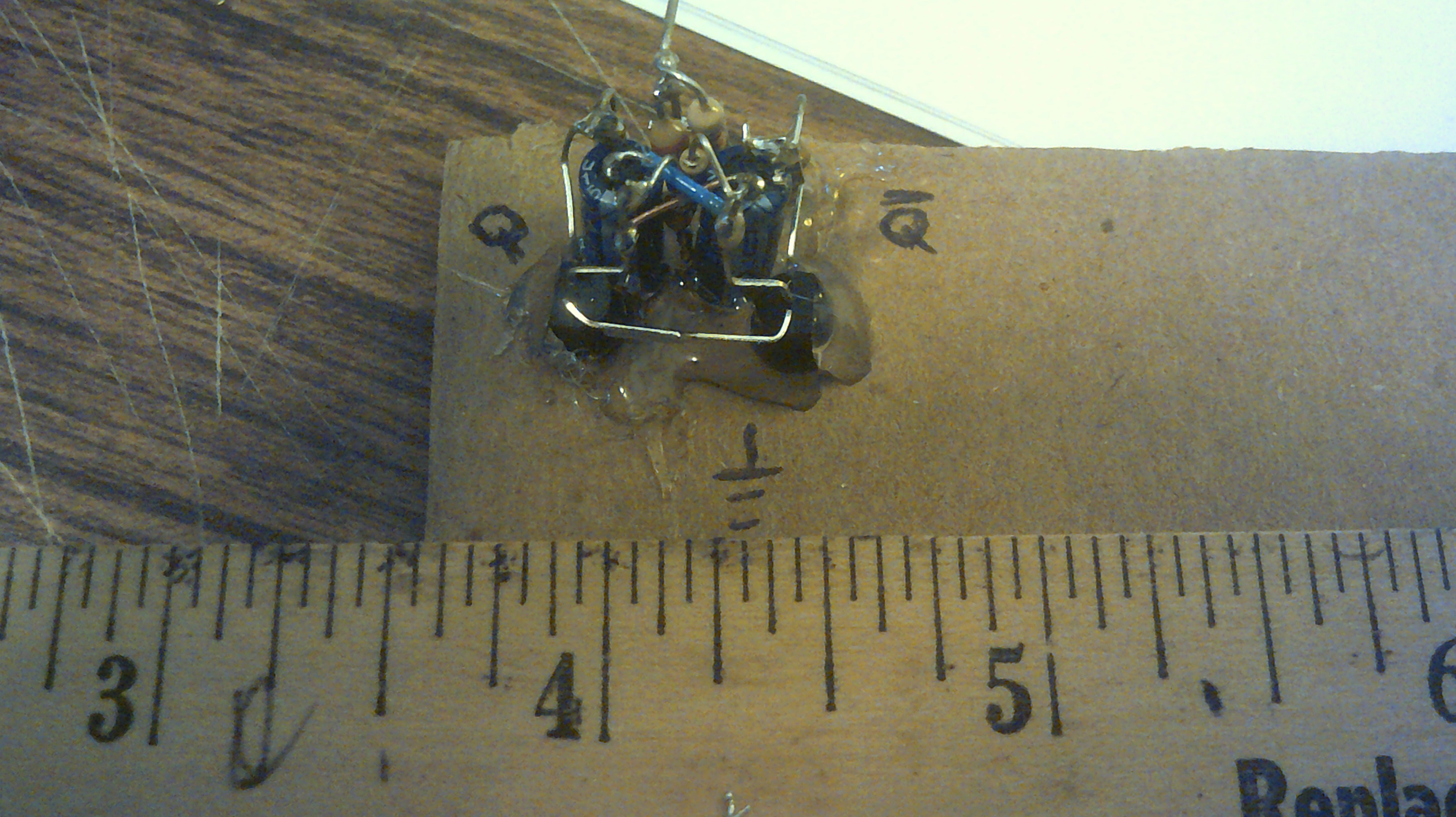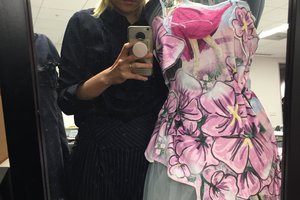The concept is that the device uses three CdS photo cells, each with its own color filter. Red, green and blue will be used for the filters.
There are three audio oscillators using different preset frequencies .
The power to each oscillator is cycled by the sequencer.
The volume level from each oscillator is controlled by one of the filtered CdS cells.
The signals are then fed to a audio amplifier ( optional ) or directly to a ear phone.
The end user will hear a series of up to three tones with variable levels so that the user should be able to determine the scanned color based on the combination of tones and levels.
For training purposes, a wide range of color samples with braille and text labels will be provided.
 Dr. Cockroach
Dr. Cockroach









 roberts.trops
roberts.trops
 Charles Lamb
Charles Lamb
 artbyphysicistkitty
artbyphysicistkitty
 Capt. Flatus O'Flaherty ☠
Capt. Flatus O'Flaherty ☠
I really like the idea, but I think using three 555 timers is going to drive anyone with pitch insane. The frequency is going to drift between them, which is going to detune your chord.